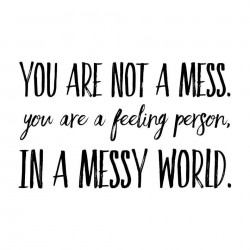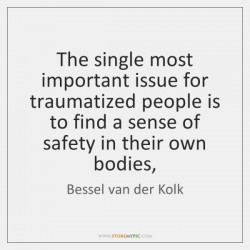What is EMDR?
EMDR
EMDR stands for eye movement desensitisation and reprocessing. It is a therapy originally designed to treat trauma, particularly Post Traumatic Stress Disorder, but has evolved to be effective with recovery from abuse, depression, anxiety, phobias and prolonged grief. If you prefer a video explanation take a look at this EMDR video
It uses bilateral stimulation (eye movements or tapping) to help past traumas and events to be “processed” thus enabling you to live more fully in the present. Traumatic memories can be overwhelming and block non-traumatic (adaptive) memories. Processing enables this block to be removed, soothed and understood and allows the underlying adaptive memories to be better integrated.
Sessions are usually 60 minutes long although complex trauma can benefit from 90 minutes. There can be wide variance but single event trauma usually takes between 6-10 sessions to resolve. Complex trauma can take longer.
How does EMDR therapy work?
EMDR therapy is broken down into eight different phases, so you’ll need to attend multiple sessions.
Phase 1: History and treatment planning
Your therapist will first review your history and decide where you are in the treatment process. This evaluation phase also includes talking about your trauma and identifying potential traumatic memories to treat specifically.
Phase 2: Preparation
Your therapist will then help you learn several different ways to cope with the emotional or psychological stress you’re experiencing.
Stress management techniques such as creating calm internal spaces and mindfulness may be used.
Phase 3: Assessment
During the third phase of EMDR treatment, your therapist will identify the specific memories that will be targeted and all the associated components (such as the physical sensations that are stimulated when you concentrate on an event) for each target memory.
Phases 4-7: Treatment
Your therapist will then begin using EMDR therapy techniques to treat your targeted memories. During these sessions, you will be asked to focus on a negative thought, memory, or image.
Your therapist will simultaneously have you do specific eye movements. The bilateral stimulation may also include taps or other movements mixed in, depending on your case.
After the bilateral stimulation, your therapist will ask you to notice the thoughts and feelings you’re having spontaneously. After you identify these thoughts, your therapist may have you refocus on that traumatic memory, or move on to another.
If you become distressed, your therapist will help bring you back to the present before moving on to another traumatic memory. Over time, the distress over particular thoughts, images, or memories should start to fade.
Phase 8: Evaluation
In the final phase, you’ll be asked to evaluate your progress after these sessions.
For more information go to https://emdrassociation.org.uk/




